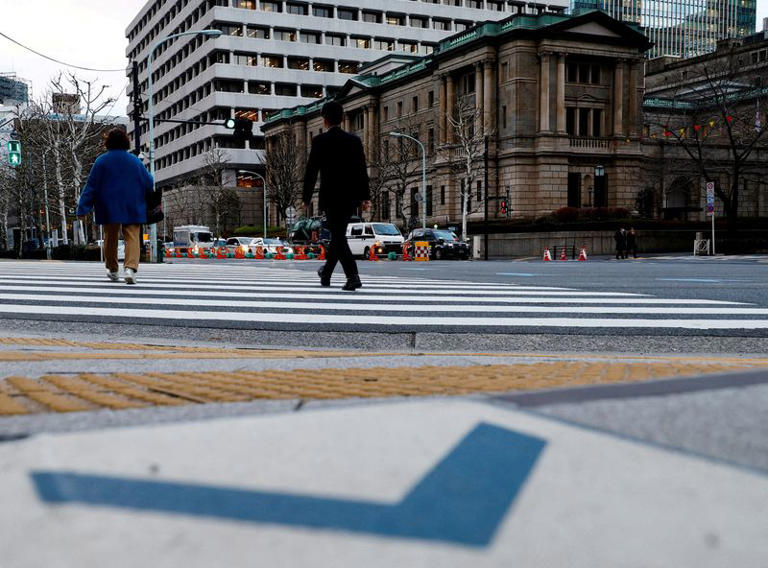The Bank of Japan’s March meeting underscored a pivotal moment in the central bank’s monetary policy trajectory, reflecting a nuanced assessment of the economic landscape and the potential risks associated with policy normalization. Amidst mounting pressure to recalibrate its ultra-loose monetary stance, the BOJ grappled with divergent views among policymakers regarding the timing and necessity of an exit strategy.
For years, the BOJ had pursued an aggressive monetary easing strategy characterized by negative interest rates and massive asset purchases, aimed at reviving inflation and stimulating economic growth. However, the prolonged period of ultra-loose policy had led to concerns about its efficacy and unintended consequences, including distortions in financial markets and challenges to financial institutions’ profitability.
Against this backdrop, the decision to end negative interest rates and other unconventional measures signaled a significant policy shift, reflecting policymakers’ assessment of the economy’s resilience and progress toward the BOJ’s 2% inflation target. Proponents of policy normalization pointed to encouraging signs, such as robust wage growth at large corporations, as evidence of underlying strength in the economy.
However, the summary of opinions revealed a cautious stance among some policymakers, who emphasized the need for thorough scrutiny of key economic indicators, particularly regarding the transmission of wage increases to smaller firms and the potential inflationary pressures arising from rising labor costs. This cautious approach reflected concerns about the uneven distribution of economic benefits and the risk of premature policy tightening derailing the fragile recovery.
Moreover, the dissenting votes from Asahi Noguchi and Toyoaki Nakamura underscored the complexity of the decision-making process and the diversity of viewpoints within the BOJ’s policymaking committee. Their dissent reflected a desire for greater prudence and a recognition of the lingering uncertainties surrounding the economic outlook.
Looking ahead, the BOJ faces the formidable challenge of navigating a path toward policy normalization while balancing the need to support sustainable economic growth and price stability. The central bank’s ability to communicate its policy intentions effectively and adapt its toolkit to evolving economic conditions will be crucial in maintaining market confidence and fostering a smooth transition to a more normalized policy stance.
